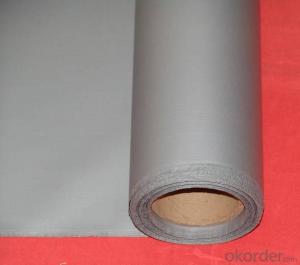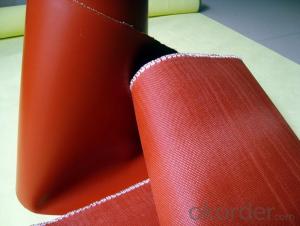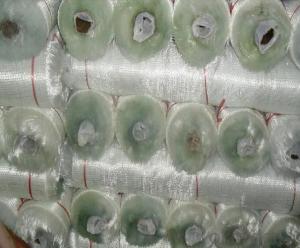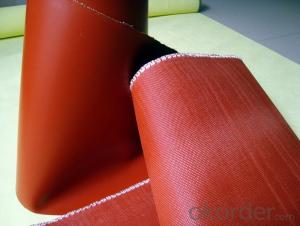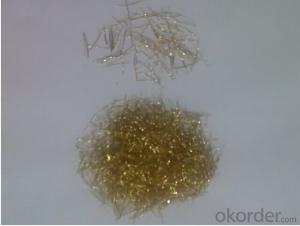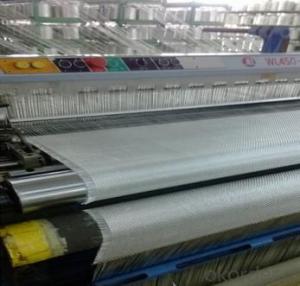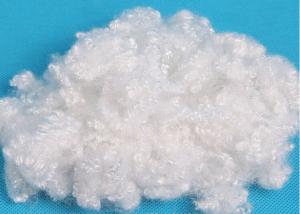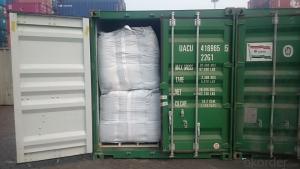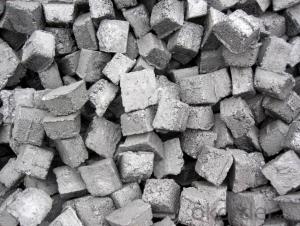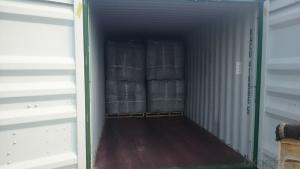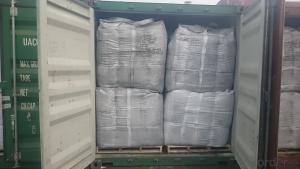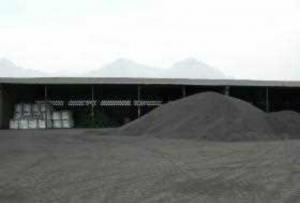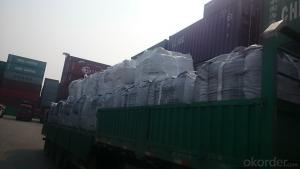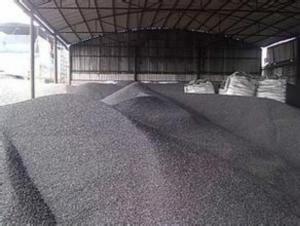Silver Fiber Fabric
Silver Fiber Fabric Related Searches
Sofa Fabric Silver Insulation Material Metal Fabric Chemistry Silver Fabric Sofas Fiberglass Fabric Textile Fiber Fibreglass Fabric Silver Fridge Freezer Sale Silica Fabrics Silver Roof Paint Silica Fiber Paving Fabric Silver Beige Marble Fabric Power Reclining Sofa Milled Glass Fiber Erosion Fabric Fiberglass Woven Fabric Fabric Electric Recliner Sofa Fiber Paper Fabric Yarn Silver Kitchen Pendant Lighting Natural Fiber Yarn Sunbrella Fabric Cleaning Carbon Fiber Cloth Greenhouse Shading Fabric Silver Tarpaulin Silver Door Knobs Fabric To Fabric Asian Upholstery FabricSilver Fiber Fabric Supplier & Manufacturer from China
Silver Fiber Fabric is a unique material that combines the natural properties of silver with the softness and durability of fabric. This innovative product offers a range of benefits, including antimicrobial properties, UV protection, and excellent thermal regulation, making it ideal for a variety of applications.The Silver Fiber Fabric is widely used in various industries, such as healthcare, sportswear, and fashion, due to its ability to provide comfort and protection. It is particularly popular in the production of clothing, bedding, and accessories that require a high level of hygiene and odor control. Additionally, its UV protection feature makes it suitable for outdoor activities and sun-sensitive individuals.
Okorder.com is a leading wholesale supplier of Silver Fiber Fabric, boasting a large inventory that caters to the diverse needs of customers worldwide. With a commitment to quality and customer satisfaction, Okorder.com ensures that the Silver Fiber Fabric they provide meets the highest standards and is available at competitive prices.
Hot Products

